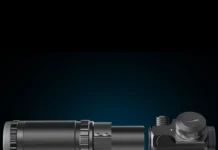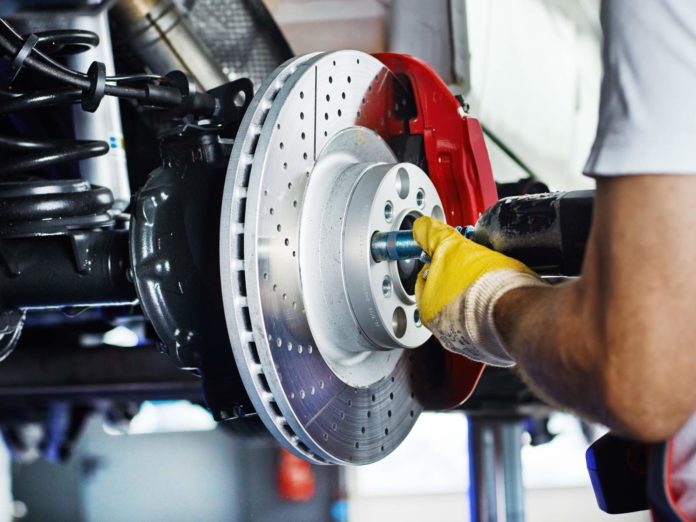
The anti-lock braking system (ABS) is found in almost every modern and some older cars. It’s a useful feature that prevents skidding and makes driving safer.
When you apply the ABS brakes on your car, it makes the tires keep contact with the ground and avoid accidents that can happen due to a slope or slippery road.
However, a number of problems can take place in the ABS. According to Garatos.com, the vehicle will show an illuminating ABS light under the dashboard, indicating there’s a problem.
You don’t need to get involved in any training course to learn how to troubleshoot ABS brake problems. You only need basic knowledge which you will get on this page.
So, without further ado, let’s dive in:
Evolution Of ABS
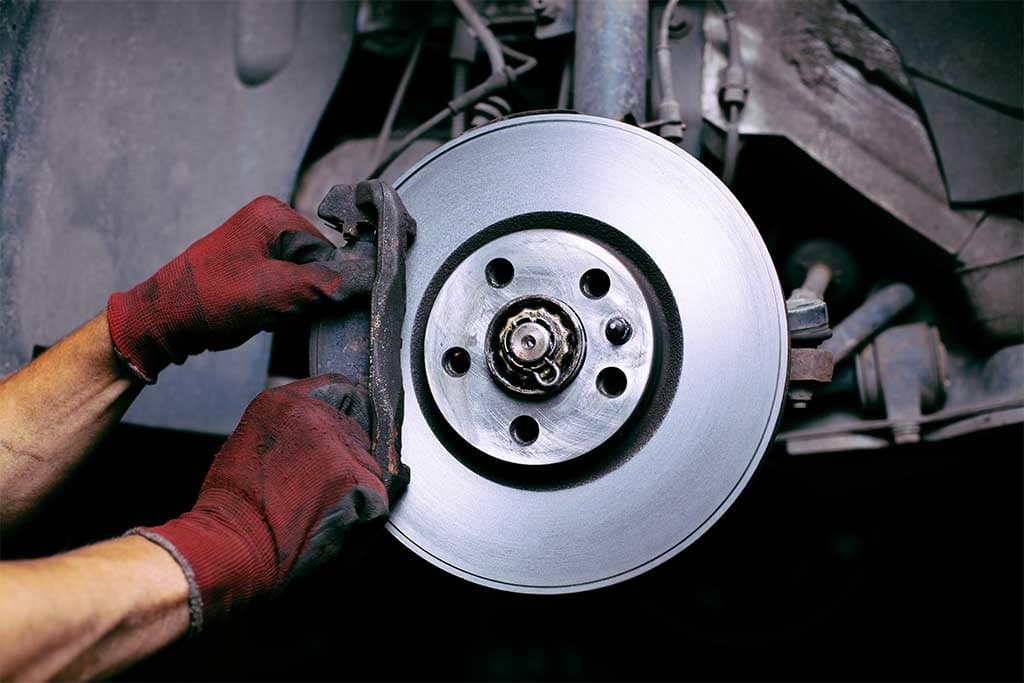
Despite what it looks like, ABS is not a modern feature. In fact, it dates back to 1920s.
Aircraft: It was first used on aircraft to prevent the wheels from decelerating rapidly.
Motorcycles: It was used on motorcycles in the ‘50s. Motorbikes can be very risky to ride, especially in poor conditions such as slippery surfaces. The system made riding bikes safer and resulted in a reduction in the number of bike-related accidents.
Automobiles: ABS technology was introduced in passenger cars in the 1960s. FORD Zodiac was the first car to come with the feature but due to the expense associated with it, it did not gain the popularity manufacturers had hoped.
The technology soon started to spread and was tried on Cadillac in the ‘70s but did not work out.
The real work started in the 1980s when engineers at BMW started working on the feature. Finally, in the ’90s, ABS was available for the general public to use. Today, almost all major manufacturers have this feature on their cars as it is related to safety and not luxury.
ABS Functions

The anti-lock braking system restricts the wheels from locking up during a slip. Imagine driving on a wet road when you suddenly have to pull the brakes. It will cause the wheels of your car to immediately stop spinning. Such a condition may cause the vehicle to skid.
It can be very risky as you may lose control of the vehicle and it may lead to an accident. This braking system plays an important role in preventing such situations.
It stops the wheels from locking up and offers steering control to the driver. In simpler words, the system makes sure that the tires stay grounded on the road and do not skid.
How Does It Work?
It is a computer controlled electro hydro mechanical brake hydraulic system. It contains several sensors which are triggered when the brakes are pulled and the wheel rotation begins to change dramatically (wheels slow down).
Sensors are quick to sense a change in the rotation. They immediately get to work, pumping hydraulic pressure to the brakes. The pumping is quite rapid – happens 15 times in one second. Thus, the driver attains steering control and the wheels do not skid on the road but maintain contact on the ground.
There are various components that come together to make the system work. These include:
Speed Sensor: Its job is to gauge both the acceleration and deceleration in the wheels. There’s a v-shaped exciter installed that generates electric pulses when its teeth are passed in the front of it.
Valves: These work in 3 steps:
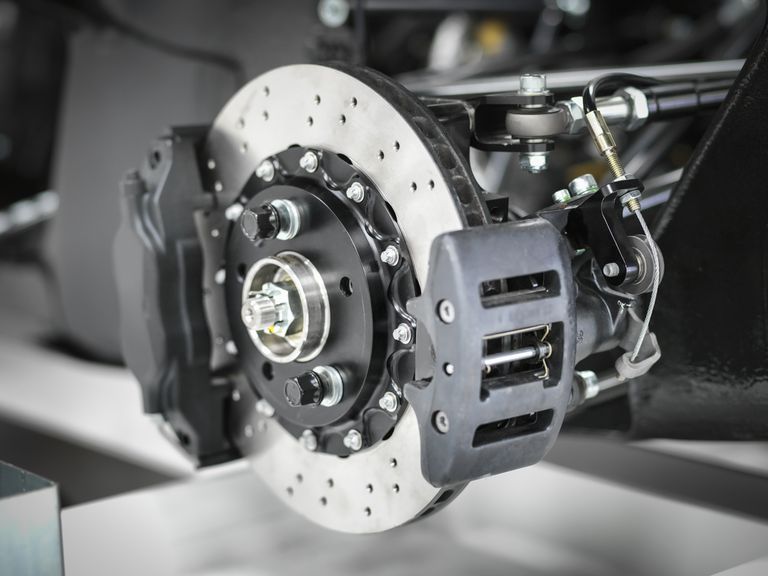
- Step 1: The valve opens and passes pressure from the master cylinder to the brakes.
- Step 2: The valve closes so that the pressure is constrained on the brakes.
- Step 3: The valve passes some of the pressure to the brakes.
ECU: This component reads and transmits signals to and from the sensors.
HCU: It receives signals from the ECU and triggers the anti-lock mechanism.
ABS Types
There are three types of ABS:
- Four-channel/Four-sensor.
- Three-channel/Three-sensor.
- One-channel/One-sensor.
Four Channel: In this type of ABS system, there are four sensors and four valves on every wheel. The sensors monitor each wheel separately. It offers excellent performance as each valve operates individually.
Three Channel: This system is often found in trucks and big vehicles. It involves two individual sensors and valves on the front wheels but only one sensor and valve for the rear wheels.
One Channel: This one involves a single sensor and valve on the rear wheel and is mostly found in trucks.
The four channel system is considered the best as it offers separate operation for each wheel. The system will work only on the wheels that need assistance. This helps improve performance and also puts less pressure on the system.
ABS Problems

ABS problems occur when a sensor, wiring, valve or the hydraulic system malfunctions. It can affect the entire operation. When this happens, the ABS light under the dashboard illuminates indicating that a problem has occurred and the system will not work properly.
Such situations need immediate help as a poor anti-braking system can lead to accidents.
Sensor Problems: Sensors can get fried, contaminated with debris or metal shaving.
Wiring Issues: Burnt wires due to a short circuit or corrosive elements can cause problems in the system.
Problems In The HCU: Brake fluid contamination or damage suffered by HCU can cause ABS problems.
How To troubleshoot ABS Brake Problems?
The ECU generates a fault code whenever ABS encounter a problem. You will also notice the ABS light illuminate when that happens. This code holds information regarding the system, including details on the actual issue.
You will need a code reader that can read and erase ABS codes to read and remove such codes. Such errors usually occur due to issues with the following components:
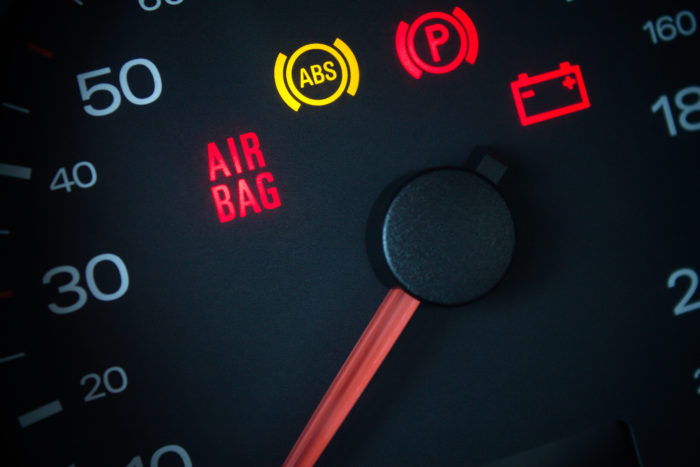
- ABS Wheel Speed Sensor.
- ABS Controller.
- ABS Fuse.
- Wiring.
- Short circuit.
- Contamination.
You will need a compatible scan tool to find the actual issue. Ensure that the scanner has a DTC feature so that you have no trouble in reading codes and finding the right solution.
People from OBD2pros explain that it is not always easy to detect the root of the problem in your car, so car mechanics and car-owners with extensive experience first opt for professional OB2 software or a car code reader. Sometimes it will happen that the DTC sends an incomplete or unclear notification regarding a problem in the laundry car.
It may happen that the DTC notifies you of a sensor problem and the problem is connected to the component to which the sensor is connected. Also, the DTC may set by error, although there is no actual fault. Therefore, it is necessary to avoid unpredictable DTCs that can lead you to the wrong side in finding a solution for your car. That is why it is necessary to buy a good OBD 2 scanner that will help you most accurately determine the problem in your car and eliminate it efficiently.
ABS Wheel Sensor: The job of a sensor on each wheel is to gauge wheel rotations. This monitoring is carried out by the ABS computer.
The sensor is located in conjunction with the wheel stator, which is further joined to the CV joint and brake hub or axle brake rotor.
Poor road conditions can cause damage to the sensors as too much vibration is bad for them.
Codes that start with a ‘C’ and are followed by four numerical digits indicate a problem in the wheel sensor. For example, C0040, C0035, and C0041.
Replacing Wheel Sensor: Once you have bought the replacement part, park the vehicle on level ground, put it on transmission, and set emergency brakes with the engine off.
Elevate the car using a jack and remove the tire using a suitable wrench.

Once, the tire is removed, remove the rotor and the caliper. Now, look at the back of the spindle for the sensor. Disconnect it from the wiring harness.
Use a wrench to remove the bolts from the sensor and Install the new sensor.
ABS Controller: Problems with this component will cause the system to stay on. You may also notice a humming noise if the controller is faulty. Use a code reader to confirm the problem.
Replacing ABS Controller: Disconnect the battery, remove the electric connectors, and you’ll see 4 or more bolts holding the controller on the pump motor.
Use a ratchet to take the bolts out and the controller will be removed. Install the new one.
ABS Fuse: An electrical surge can blow the ABS fuse causing the ABS light to go on.
Replacing ABS Fuse: ABS fuse is mostly located under the hood or dashboard. You can check the user manual of your car to find its exact location.
If it looks corroded then you may have to replace it. Make sure to check the amperage and find a fuse that matches it. Otherwise, it will blow up again.
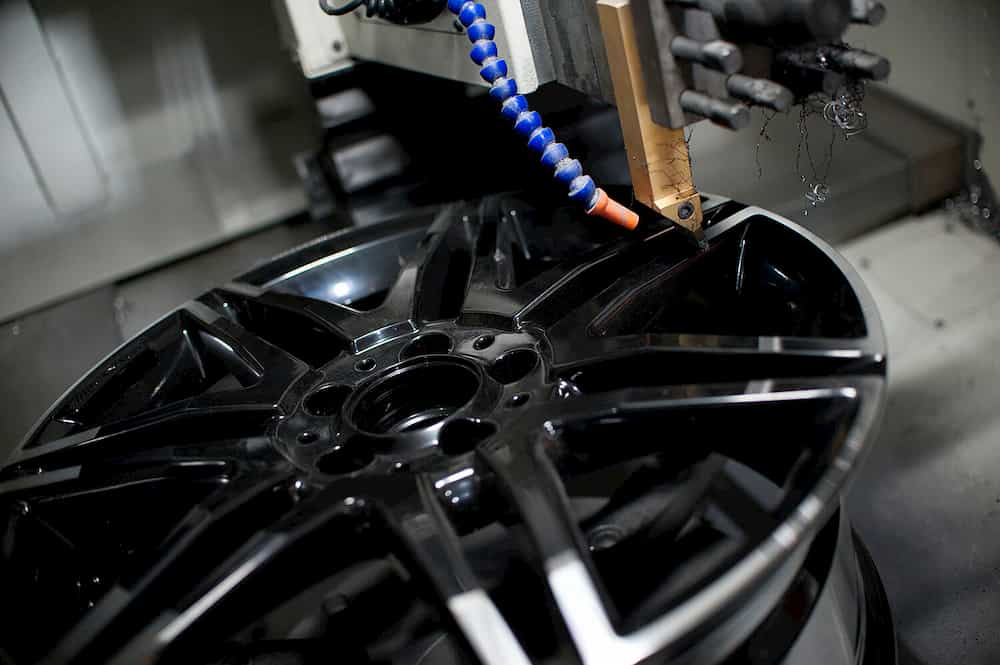
Other Issues: There could be a wiring issue, a short circuit or corrosion in the stator ring. Look for broken wires, blown up areas, and corrosion.
You can solve the problem on your own if you have the skills. If it looks too much for you to handle then consider taking your vehicle to an expert. Still, it is best to use a scan tool that offers ABS feature
Damaged sensors need to be replaced. However, even a small issue with the wiring may need the entire wiring to be laid out again.
The Bottom line
ABS is one of the most important features found in today’s car. Make sure to keep the system well-maintained and pay attention to the illuminating light.




